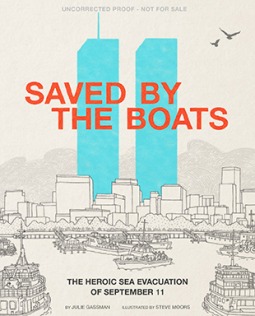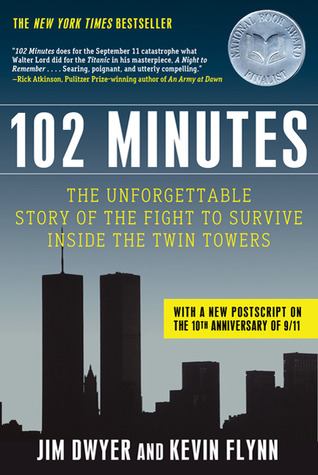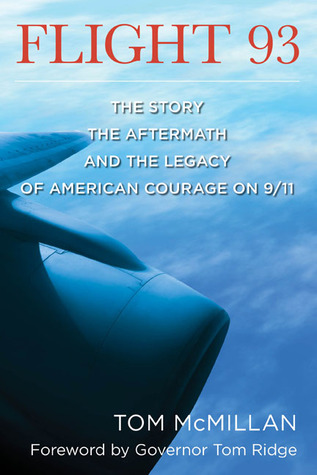
I was all set to do a double-review post with this book and another about September 11th, until I saw that Jon Stewart was trending on Twitter earlier this morning, and as I just checked again tonight, he still is.
I greatly admire Jon Stewart. I never missed an episode of The Daily Show when he hosted for all those years, and appreciated the fact that, while he clearly leans Liberal, he was willing to take any politician to task for being an idiot or doing something stupid. Throughout the election season I hoped and hoped and hoped he would come out of hibernation and sure enough, he appeared on Colbert's show and my heart was happy.
Since his retirement from the daily grind of news and politics, Stewart has not been idle. He has been an extremely active and vocal supporter of the First Responders Fund and today he was trending because once again, Congress can not get their shit together and do right by these brave men and women who ran into burning buildings in the hopes of rescuing as many as possible. Many have become dangerously ill in the aftermath and instead of doing the right thing and making funding for their care permanent, these assholes think that making the First Responders come back constantly to answer their stupid questions is a good idea.
Please watch this clip and listen to Stewart's verbal ass-kicking of those who could not even be bothered to show up for the hearing. Because of this event occurring today, this is why I felt I had to review this particular book on its own, because the men and women who ran in when everyone else was running out did their jobs exactly as they were supposed. The least we can do now is our jobs, and make sure they and their families are taken care of.
I am so glad the First Responders have such a dedicated champion in Stewart, and I hope Congress wakes the fuck up and stops dicking around with their health.
Now, onto the book...
It was really hard to read. I cried a lot. There were stretches of time that I had to put the book down and give myself a break. It was traumatic then, and it's traumatic to this day. At around 100 pages in, I was considering DNF-ing it - while simultaneously giving it five stars, That might be a first, no? But I kept going, because these are stories that need to be told. If we truly are going to #NeverForget, then we owe it to all who perished to learn their stories, and those who survived, to listen as they recount the terrible things they saw that day. Otherwise that hashtag promise doesn't mean a thing.
Imagine being a parent, and also being a fire-fighter. Your child, a fire-fighter as well, is among the missing. Day after day after day you go to Ground Zero, hoping and praying that today is the day. Today will be the day you find your baby, and you get to take him home to your family, and lay him to rest.
At the beginning of the book the author listed the name of all the firefighters lost that day. Every time a new account started, or a new name was mentioned, I would flip to that list and hope that particular person survived. I was disappointed many times.
I connected deeply to the stories themselves, either from survivors or from the loved ones of those who died. Their words are so critically important, we can not ever lose those stories. The part I struggled with a lot was the author's own habit of inserting himself into the narrative. His expertise mattered in the realm of explaining how the crews were sent out, the difference between the companies (ladder vs engine), and so on. I have no concrete knowledge of how firehouses operate and I found those details helpful in understanding how and why so many from certain houses were lost, while fewer firefighters died from other houses. But the rest felt kind of like he was also showing off, and it honestly pains me to write that, because this book is still important and it is still a must-read for those interested in learning all they can about September 11th. The author talked about many of the firehouses he visited in the aftermath, and of going down to Ground Zero often, and we were usually given a side order of how popular he was with the firemen, though he was retired, and how he knows so many people. He mentions his previous book a few times, Report from Engine Company 82, and I am torn between believing that he is using it to show that he is knowledgeable vs him showing off.
Even with the off-putting tone of the author personally, there is value here. Highly recommended.





